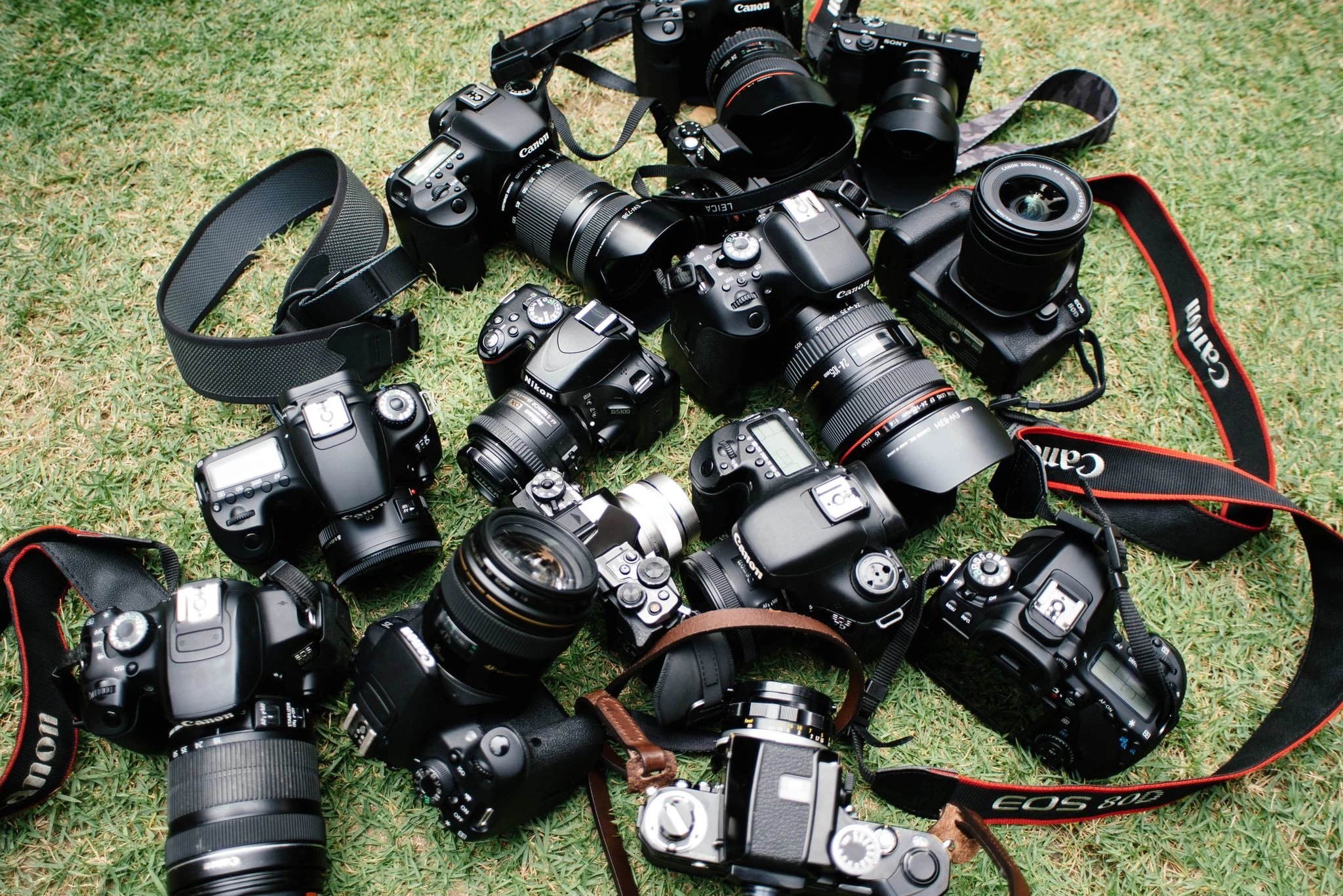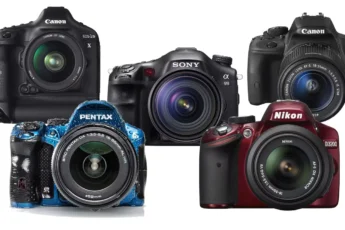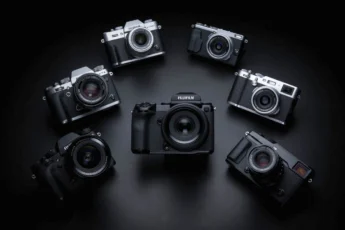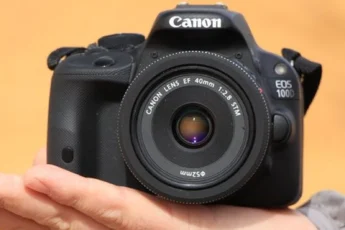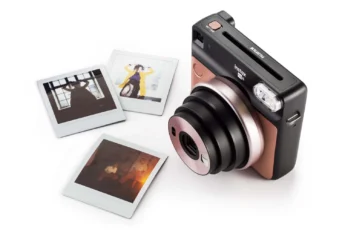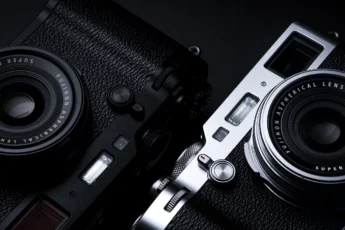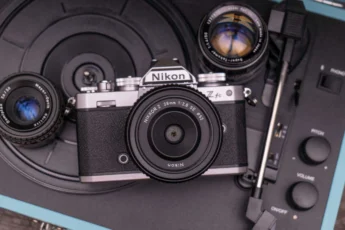As we step into 2024, the world of photography continues to evolve at a rapid pace. With an array of camera options available in the market, choosing the perfect one that meets your needs and budget can be a daunting task. Whether you’re a professional photographer, a passionate hobbyist, or someone looking to capture life’s precious moments, this comprehensive guide will help you navigate the landscape of camera buying in 2024.
In this blog post, we’ll explore the latest trends, technologies, and factors to consider when selecting a camera. We’ll also delve into the top camera picks for 2024, catering to various photography styles and skill levels. So, grab your notebook and let’s embark on this exciting journey together!
- Overview of Camera Buying in 2024
- Factors to Consider When Buying a Camera
- Budget-Friendly Options
- Performance vs. Price
- Camera Types: Mirrorless vs. DSLR
- Top Picks for Cameras in 2024
- Sony A7 IV
- Canon EOS R10
- Nikon Z9
- Fujifilm X-T5
- Specialized Camera Recommendations
- Best Camera for Travel Photography
- Best Budget-Friendly Camera
- Advanced Features to Look for in Cameras
- 8K Video Capabilities
- High-Resolution Sensors
- Fast-Burst Shooting
- Accessories and Add-Ons for Cameras
- Lenses
- TripodsTripods
- Camera Bags
- Camera Maintenance and Care
- Cleaning and Storage
- Firmware Updates
- Extended Warranty and Insurance
- Conclusion
Overview of Camera Buying in 2024
The camera market in 2024 is a dynamic and exciting space, with manufacturers pushing the boundaries of innovation and creativity. From mirrorless cameras with advanced autofocus systems to DSLRs that offer unparalleled image quality, the options are vast and diverse.
One of the key trends in 2024 is the increasing popularity of mirrorless cameras. These compact and lightweight devices have been gaining ground in recent years, thanks to their ability to deliver professional-grade results in a more portable package. Many photographers are making the switch from traditional DSLRs to mirrorless systems, attracted by features like silent shooting, fast burst rates, and improved autofocus performance.
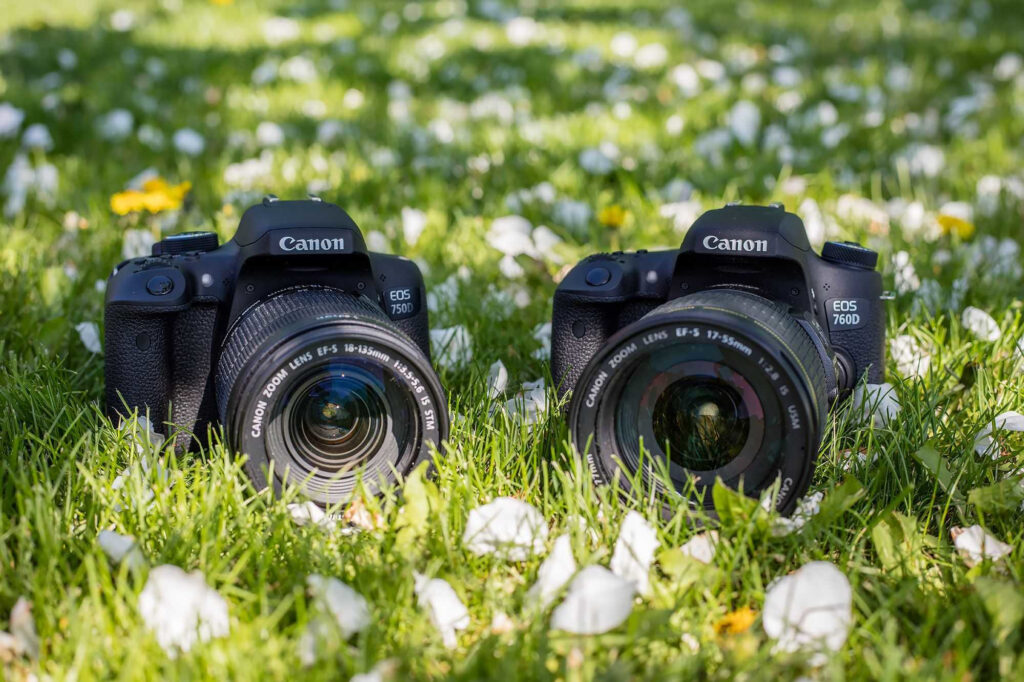
Another notable development is the rise of 8K video capabilities in cameras. As display technologies continue to advance, the demand for higher resolution video content is growing. Manufacturers are responding by incorporating 8K recording features into their camera lineups, catering to the needs of videographers and content creators.
Additionally, the integration of artificial intelligence (AI) and machine learning algorithms is transforming the way cameras operate. From intelligent scene recognition to advanced subject tracking, these AI-powered features are making photography more intuitive and efficient than ever before.
Factors to Consider When Buying a Camera
When it comes to purchasing a camera, there are several key factors to consider. These factors will help you narrow down your options and find the camera that best suits your needs and preferences.
Budget-Friendly Options
One of the primary considerations for many photographers is their budget. Cameras come in a wide range of prices, from affordable entry-level models to high-end professional gear. It’s essential to determine your budget beforehand and explore the options available within that range.
For those on a tight budget, there are plenty of excellent cameras that offer great value for money. Models like the Canon EOS Rebel T8i and the Nikon D3500 are popular choices for beginners and enthusiasts alike. These cameras provide a solid foundation for learning photography basics and can deliver impressive results without breaking the bank.
Performance vs. Price
When evaluating cameras, it’s crucial to strike a balance between performance and price. While higher-end models often boast advanced features and superior image quality, they may not always be the most practical choice for everyone.
Consider your specific needs and priorities. If you’re primarily shooting in well-lit conditions and don’t require extensive low-light capabilities, a mid-range camera might suffice. On the other hand, if you frequently work in challenging lighting situations or demand the highest level of detail and resolution, investing in a premium model may be worthwhile.
Camera Types: Mirrorless vs. DSLR
One of the most significant decisions you’ll face when buying a camera is choosing between a mirrorless system and a traditional DSLR. Both types have their strengths and weaknesses, and the right choice depends on your individual needs and preferences.
Mirrorless cameras have gained immense popularity in recent years due to their compact size, fast autofocus, and silent shooting capabilities. They offer a more modern and streamlined shooting experience, with features like electronic viewfinders and in-body image stabilization. Brands like Sony, Fujifilm, and Canon have released impressive mirrorless lineups that cater to a wide range of photographers.
On the other hand, DSLRs have a longer history and a more established lens ecosystem. They excel in terms of battery life and offer a traditional shooting experience with optical viewfinders. Many professional photographers still rely on DSLRs for their robustness and ergonomics. Popular DSLR models include the Canon EOS 5D Mark IV and the Nikon D850.
Top Picks for Cameras in 2024
Now that we’ve covered the essential factors to consider when buying a camera, let’s dive into our top picks for 2024. These cameras have been carefully selected based on their outstanding features, image quality, and overall value.
Sony A7 IV
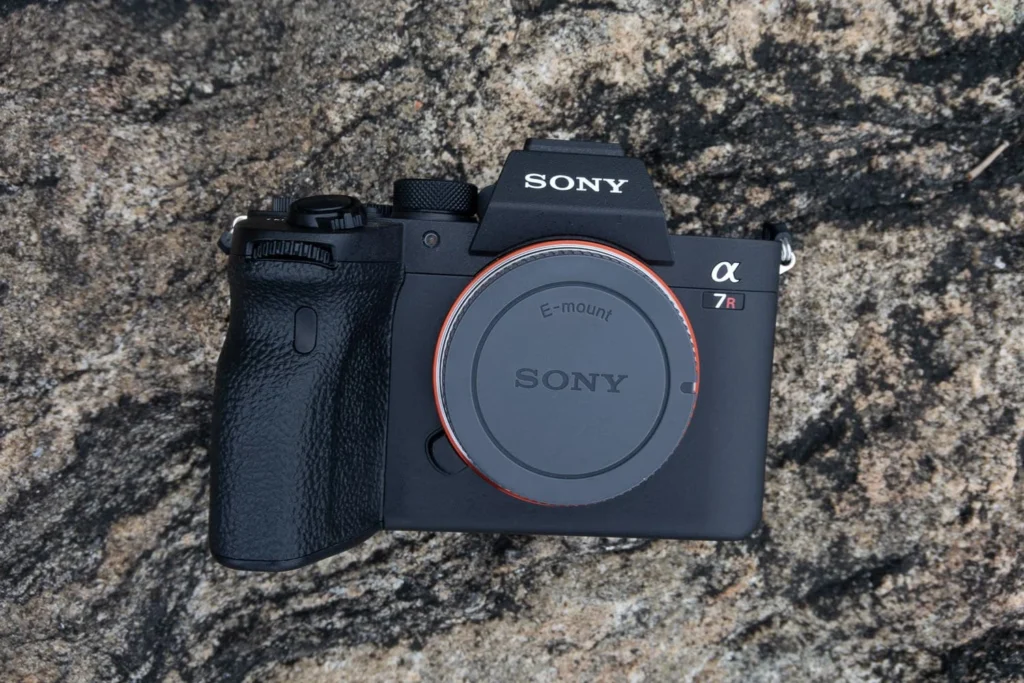
The Sony A7 IV is a versatile full-frame mirrorless camera that combines exceptional image quality with advanced autofocus capabilities. With its 33-megapixel sensor, the A7 IV delivers stunning detail and dynamic range, making it suitable for a widerange of photography genres, from landscapes to portraits.
One of the standout features of the A7 IV is its advanced autofocus system. With 759 phase-detection AF points and real-time tracking, the camera excels at capturing fast-moving subjects with precision and accuracy. Whether you’re shooting wildlife, sports, or action, the A7 IV’s autofocus performance is sure to impress.
The camera also boasts impressive video capabilities, with 4K recording at up to 60 frames per second and a variety of professional-level video features. Its 5-axis in-body image stabilization ensures smooth and stable footage, even when shooting handheld.
While the Sony A7 IV comes with a higher price tag compared to some other options, its advanced features and exceptional performance make it a top choice for serious photographers and videographers.
Canon EOS R10
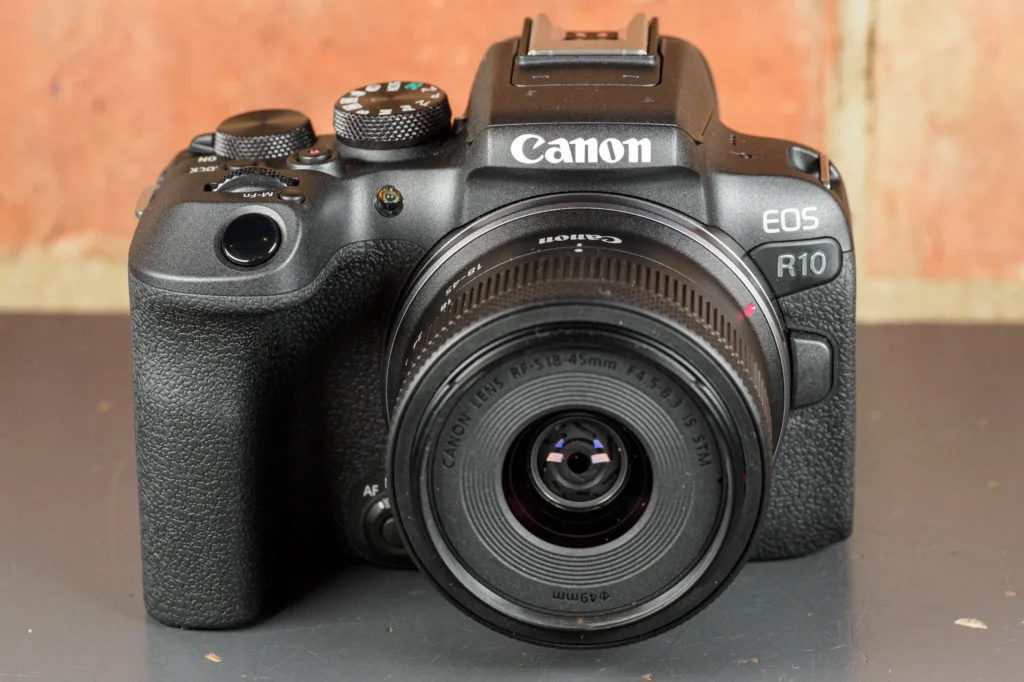
For those looking for a more budget-friendly option without compromising on quality, the Canon EOS R10 is an excellent choice. This mirrorless camera features an APS-C sensor and delivers impressive image quality and performance.
The EOS R10 boasts a 24.2-megapixel sensor and Canon’s renowned Dual Pixel CMOS AF system, which provides fast and accurate autofocus. It also offers a continuous shooting speed of up to 15 frames per second, making it suitable for capturing action and fast-moving subjects.
One of the highlights of the EOS R10 is its compact and lightweight design, making it an ideal travel companion. Despite its small size, the camera feels comfortable in the hand and offers intuitive controls for easy operation.
With its affordable price point and impressive features, the Canon EOS R10 is a great option for enthusiasts and beginners looking to step up their photography game without breaking the bank.
Nikon Z9
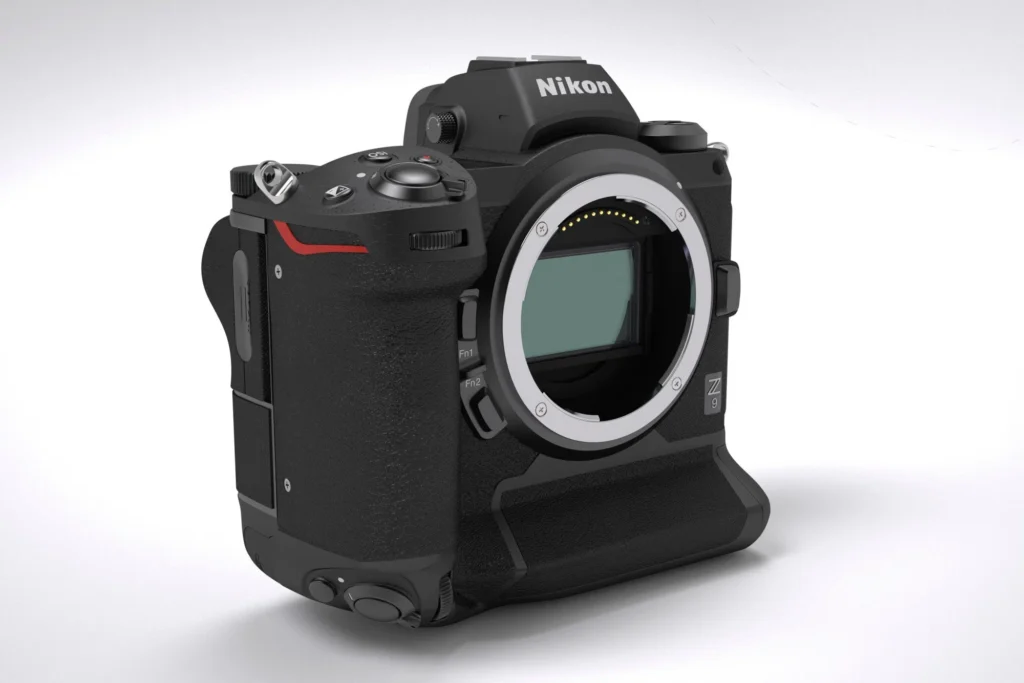
For professional photographers demanding the ultimate in performance and image quality, the Nikon Z9 is a top contender. This flagship mirrorless camera boasts a 45.7-megapixel full-frame sensor and delivers exceptional results in both stills and video.
The Z9’s autofocus system is a standout feature, with 493 AF points and advanced subject detection capabilities. It can track and focus on subjects with incredible accuracy, even in challenging lighting conditions.
The camera also offers a blazing-fast continuous shooting speed of up to 20 frames per second, making it ideal for sports and wildlife photography. Its robust build quality and weather-sealing ensure reliable performance in demanding environments.
In terms of video, the Nikon Z9 is a powerhouse, offering 8K video recording at up to 60 frames per second. It also features a variety of professional-level video features, such as 10-bit internal recording and ProRes RAW support.
While the Nikon Z9 comes with a premium price tag, its uncompromising performance and advanced features make it a top choice for professional photographers and videographers.
Fujifilm X-T5
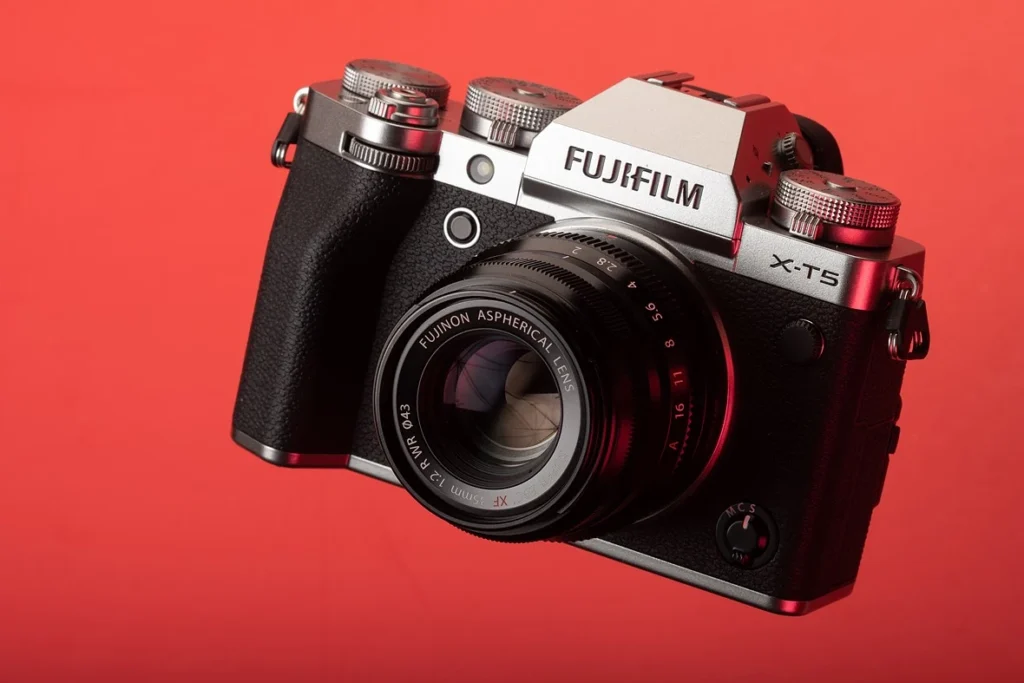
For those who appreciate a more classic and tactile shooting experience, the Fujifilm X-T5 is a compelling option. This mirrorless camera combines retro-inspired design with modern technology, resulting in a unique and enjoyable photography experience.
The X-T5 features a 26.1-megapixel APS-C sensor and Fujifilm’s renowned X-Trans CMOS 5 technology, delivering excellent image quality with rich colors and fine details. The camera’s autofocus system is fast and accurate, with phase detection points covering nearly the entire frame.
One of the standout features of the X-T5 is its analog-inspired controls, including dedicated dials for shutter speed, ISO, and exposure compensation. These tactile controls allow for intuitive and immersive shooting, reminiscent of classic film cameras.
The Fujifilm X-T5 also offers impressive video capabilities, with 4K recording at up to 60 frames per second and a range of film simulation modes for creative expression. Its compact and lightweight body makes it a great choice for street photography and travel.
Specialized Camera Recommendations
While the cameras mentioned above are excellent all-rounders, there are specific photography genres that may require specialized features and capabilities. Let’s explore some camera recommendations tailored to specific needs.
Best Camera for Travel Photography
When it comes to travel photography, portability and versatility are key considerations. The Sony RX100 VII is a pocket-sized powerhouse that delivers excellent image quality and features in a compact form factor.
The RX100 VII features a 20.1-megapixel 1-inch sensor and a fast 24-200mm equivalent zoom lens, providing a wide range of focal lengths for capturing diverse scenes. Its autofocus system is impressively quick, with real-time tracking and eye AF for effortless subject tracking.
The camera also offers 4K video recording and a pop-up electronic viewfinder, making it a versatile tool for both stills and video. Its compact size allows for discreet shooting and easy portability, making it an ideal companion for travel adventures.
Best Camera for Videography
For videographers and content creators, a camera with advanced video features and capabilities is essential. The Panasonic Lumix GH6 is a top choice in this category, offering professional-level video performance in a compact mirrorless body.
The Lumix GH6 boasts a 25.2-megapixel Micro Four Thirds sensor and advanced video features, including 5.7K video recording at up to 60 frames per second and 4K recording at up to 120 frames per second. It also offers 10-bit 4:2:2 internal recording and a variety of professional video tools, such as waveform monitors and vectorscopes.
The camera’s autofocus system is optimized for video, with advanced subject detection and tracking capabilities. Its in-body image stabilization system ensures smooth and stable footage, even when shooting handheld.
With its extensive video features and impressive performance, the Panasonic Lumix GH6 is a top choice for serious videographers and filmmakers.
Best Budget-Friendly Camera
For those on a tight budget but still wanting to explore photography, the Canon EOS M50 Mark II is an excellent entry-level mirrorless camera. Despite its affordable price, the M50 Mark II offers impressive features and image quality.
The camera features a 24.1-megapixel APS-C sensor and Canon’s Dual Pixel CMOS AF system, providing fast and accurate autofocus. It also offers 4K video recording and a vari-angle touchscreen for easy composition and shooting from various angles.
The EOS M50 Mark II’s compact and lightweight body makes it easy to carry around, while its user-friendly interface is ideal for beginners learning the ropes of photography. With its combination of affordability and capable features, the Canon EOS M50 Mark II is a great choice for budget-conscious photographers.
Advanced Features to Look for in Cameras
As camera technology continues to evolve, manufacturers are incorporating advanced features that enhance the capabilities and user experience of their devices. Here are some cutting-edge features to look for when buying a camera in 2024.
8K Video Capabilities
With the increasing popularity of high-resolution displays and the demand for stunning video content, 8K video recording has become a sought-after feature in cameras. 8K resolution offers four times the pixel count of 4K, resulting in incredibly detailed and immersive footage.
Cameras like the Canon EOS R5 and the Sony A7S III have already embraced 8K video recording, and more models are expected to follow suit in 2024. If you’re a videographer or content creator looking to future-proof your work, considering a camera with 8K capabilities is a wise investment.
High-Resolution Sensors
While megapixel count isn’t the sole determinant of image quality, high-resolution sensors offer several advantages, particularly for landscape and studio photographers. Cameras with sensors ranging from 45 to 100 megapixels capture an incredible amount of detail, allowing for large prints and extensive cropping flexibility.
Models like the Sony A7R IV and the Fujifilm GFX 100S feature high-resolution sensors that deliver stunning clarity and detail. If you frequently work on projects that require large-scale printing or extensive post-processing, a camera with a high-resolution sensor is worth considering.
Fast-Burst Shooting
For photographers capturing fast-moving subjects, such as wildlife or sports, a camera with fast burst shooting capabilities is essential. High-speed continuous shooting allows you to capture multiple frames per second, increasing the chances of capturing the perfect moment.
Cameras like the Sony A9 II and the Canon EOS-1D X Mark III offer blazing-fast burst rates of up to 20 frames per second or more. These cameras also feature advanced autofocus systems that can track subjects with incredible accuracy, even during rapid bursts.
If you frequently photograph action or unpredictable subjects, a camera with fast burst shooting capabilities can make a significant difference in your ability to capture the decisive moment.
Accessories and Add-Ons for Cameras
While the camera body itself is the foundation of your photography kit, accessories and add-ons can greatly enhance your shooting experience and expand your creative possibilities. Let’s explore some essential accessories to consider when buying a camera.
Lenses
The lens you choose can have a profound impact on the quality and style of your images. When selecting lenses, consider factors such as focal length, aperture, and compatibility with your camera system.
Wide-angle lenses are great for landscapes, architecture, and interior photography, while telephoto lenses are ideal for sports, wildlife, and distant subjects. Prime lenses offer superior sharpness and low-light performance, while zoom lenses provide versatility and convenience.
Investing in high-quality lenses from reputable brands can significantly improve your image quality and creative options. Consider your photography needs and budget when building your lens collection.
TripodsTripods
A sturdy tripod is an essential accessory for photographers who want to achieve sharp and stable images, especially in low-light situations or when using slow shutter speeds. Tripods come in various sizes and materials, from compact travel tripods to heavy-duty studio models.
When choosing a tripod, consider factors such as weight capacity, height, and portability. Look for tripods with solid construction, reliable locking mechanisms, and a ball head or pan-tilt head for smooth and precise adjustments.
Investing in a quality tripod can greatly improve the sharpness and consistency of your images, particularly for landscape, architecture, and long-exposure photography.
Camera Bags
Protecting your camera gear and having easy access to your equipment is crucial for any photographer. A well-designed camera bag not only safeguards your investment but also makes it convenient to carry and organize your gear.
Camera bags come in various styles, such as backpacks, shoulder bags, and sling bags. Consider the amount of gear you need to carry, the level of protection required, and your personal preferences for comfort and accessibility.
Look for bags with padded compartments, weather-resistant materials, and ergonomic designs. Some bags also offer additional features like laptop sleeves, tripod holders, and customizable dividers.
A quality camera bag is an investment in the longevity and organization of your photography equipment, making it a worthwhile accessory for any photographer.
Camera Maintenance and Care
To ensure the longevity and optimal performance of your camera, regular maintenance and care are essential. Here are some tips to keep your camera in top condition.
Cleaning and Storage
Regularly cleaning your camera and lenses helps prevent dust, dirt, and smudges from affecting image quality. Use a soft, lint-free cloth or a specialized cleaning kit to gently wipe the camera body, lens elements, and other surfaces.
When storing your camera, keep it in a cool, dry place away from direct sunlight and moisture. Use a camera bag or a protective case to shield your gear from dust and impact.
Avoid storing your camera in humid environments or exposing it to extreme temperatures, as this can lead to condensation and potential damage to the internal components.
Firmware Updates
Camera manufacturers often release firmware updates that improve the performance, compatibility, and security of their devices. These updates can fix bugs, add new features, and enhance overall functionality.
Regularly check the manufacturer’s website for firmware updates specific to your camera model. Follow the provided instructions carefully to ensure a smooth and successful update process.
Keeping your camera’s firmware up to date can optimize its performance and provide you with the latest improvements and bug fixes.
Extended Warranty and Insurance
Investing in an extended warranty or camera insurance can provide peace of mind and financial protection in case of unexpected repairs or accidents. Extended warranties typically cover manufacturer defects and malfunctions beyond the standard warranty period.
Camera insurance, on the other hand, can protect your gear against theft, damage, and loss. It can be particularly beneficial for photographers who travel frequently or work in challenging environments.
Consider your specific needs and the value of your equipment when deciding on extended warranty or insurance options. While they may add to the initial cost, they can potentially save you significant expenses in the long run.
Conclusion
Choosing the perfect camera in 2024 involves considering a variety of factors, from budget and performance to specific photography needs and preferences. By understanding the latest trends, technologies, and features available in the market, you can make an informed decision that aligns with your goals and aspirations as a photographer.
Whether you opt for a mirrorless powerhouse like the Sony A7 IV, a budget-friendly option like the Canon EOS R10, or a specialized tool like the Panasonic Lumix GH6, investing in a quality camera is a gateway to unleashing your creativity and capturing the world in stunning detail.
Remember to also consider essential accessories like lenses, tripods, and camera bags to enhance your shooting experience and protect your investment. Regular maintenance and care, along with staying updated with firmware and considering extended warranty options, will ensure your camera continues to perform at its best for years to come.
As you embark on your photography journey in 2024, embrace the endless possibilities that await you. With the right camera in hand and a passion for capturing moments, you have the power to freeze time, tell stories, and create art that will last a lifetime.

